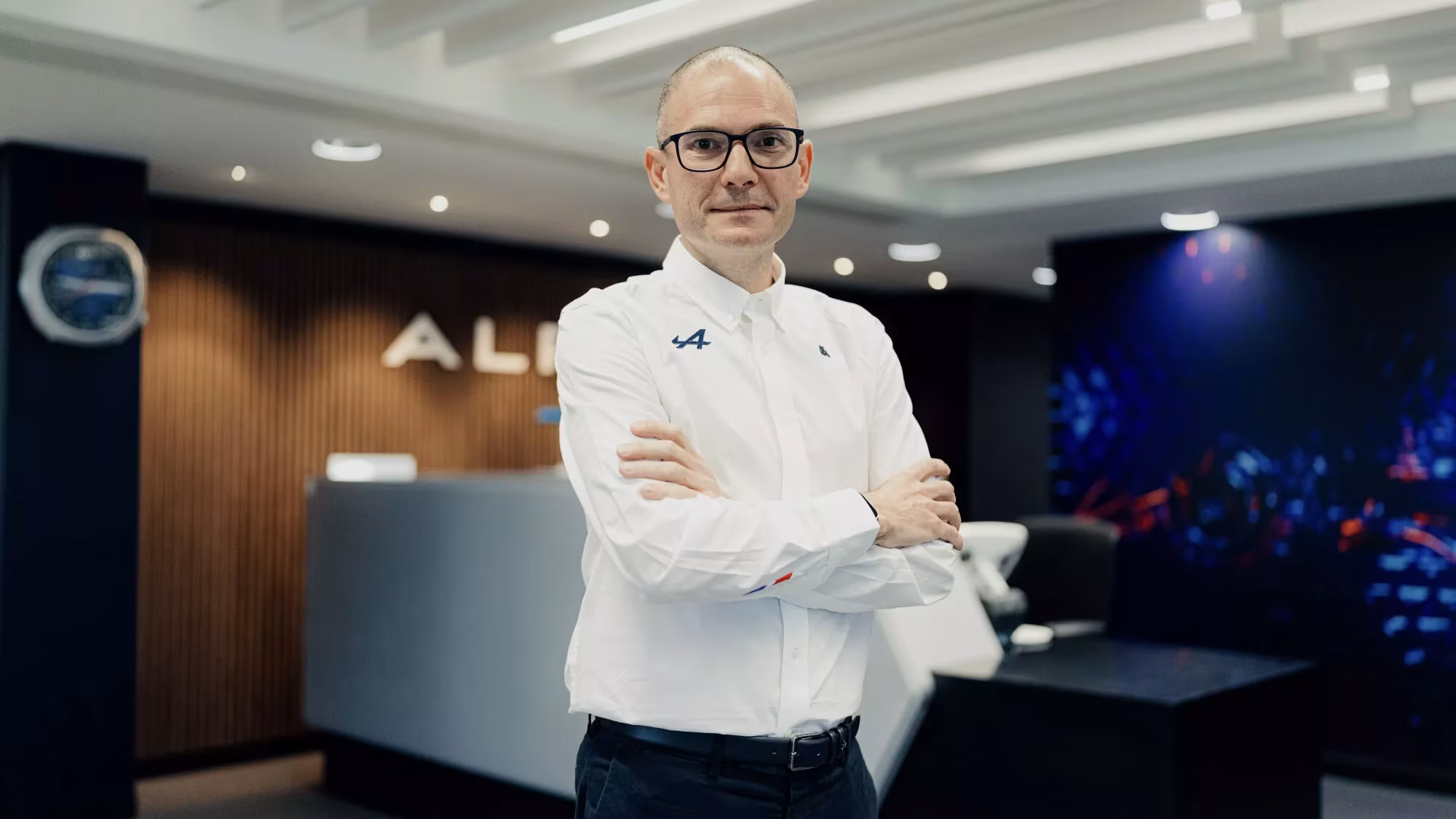We’re soon going to Singapore’s Marina Bay Circuit, where F1 cars not only race under the stars but are also challenged by one of the most demanding street circuits in the world.
Get going on the Marina Bay Circuit:
1️⃣ It’s the first-ever F1 venue to host a full-night race.
2️⃣ It has a whopping 23 turns, making it one of the most turn-heavy circuits on the F1 calendar
3️⃣ Over 1,600 floodlights illuminate this track, making it brighter than the day
History
In 1961, Singapore held its first organized race called the ‘Orient Year Grand Prix.’ By the next year, it was renamed the Malaysian Grand Prix.
After Singapore gained independence in 1965, it took on the name Singapore Grand Prix.

But the track was super dangerous. It had bus stops, monsoon drains, and other risky features. After a few tragic accidents and concerns about safety, motor racing was banned in Singapore after the 1973 Grand Prix.
Fast forward a bit, and the Marina Bay Street Circuit entered the scene. It held its inaugural Formula 1 race in 2008, setting the stage for some exciting racing. Constructed in 2007 and designed by KBR Inc., it was special because it was the first F1 track with permanent lighting – making it the first-ever night race.
Challenges and thrills of navigating Marina Bay
The Marina Bay Circuit is a street circuit. This means it’s literally built on public roads, unlike some other racetracks which are designed exclusively for racing.
And since these are regular streets for the rest of the year, the track surface isn’t as smooth. That means more bumps and more challenges for drivers and engineers alike.
1. Track Lenght and Turns
Clocking in at 5.063 km, with a total of 23 turns (there will be some changes; keep reading), Marina Bay is one of the longest and most complex circuits in F1. Those turns range from high-speed sweeps to hairpin bends. Every corner poses a unique challenge.
2. Night Racing
One of the standout features of the Singapore Grand Prix is that it’s a night race. While this provides a visually striking backdrop, it comes with its own set of challenges.
The floodlights do provide excellent illumination, but the contrast between the lit track and the dark surroundings can play tricks on a driver’s perception.
3. Braking Intensity
With so many tight turns and heavy braking zones, brakes take a real beating on this circuit. Teams often have to optimize their cars for better braking performance, making sure the brakes don’t overheat and lose efficiency. The track sees an incredible 81,435kg of braking force over its 61 laps.

4. Tire Wear
Those constant accelerations and decelerations, coupled with the bumpy street surface, lead to high tire wear.
Picking the right tire strategy and managing them throughout the race becomes crucial.
5. High downforce Setup
The numerous turns mean drivers won’t be spending much time at top speed, and only 44% of the lap is spent on full throttle.
As a result, teams usually go for a high downforce setup. This allows cars to navigate corners faster but at the cost of straight-line speed.
6. Humidity
Racing in Singapore is a sweaty affair. Drivers can lose up to 3 liters of fluid during the race due to the extreme heat and humidity.
They have to be in peak physical condition to handle the conditions and still maintain their concentration for almost 2 hours.

7. Car Cooling
The hot and humid environment also means teams have to work hard to ensure the cars don’t overheat.
Special attention is given to cooling systems, making sure the engine, brakes, and other critical components stay within safe operating temperatures.
8. Race Duration
Unlike the Monaco street circuit, which shortens its race because of slow speeds, Singapore’s race goes the usual distance. It’s set to be over 305 kilometers.
Why it matters? It’s the longest Grand Prix of the year, often pushing close to the two-hour limit. It’s tough. Imagine staying laser-focused for two whole hours, especially with that intense humidity.
Changes to the Marina Bay circuit
2008-2012: The original layout. This was the debut design, setting the tone for the iconic circuit that we’ve come to know.

2013-2014: They ditched the Singapore Sling Chicane(Turn 10).
The chicane was quite challenging and controversial, so it was decided to remove it for better race flow and safety.

2015-2017: They gave a fresh twist to Turns 11-13. Adjustments here aimed to improve overtaking opportunities and provide more thrilling race moments.

2018-2019 and again in 2022: Turns 16-17 received some attention. These modifications were made to enhance the racers’ challenge and viewer experience.

Changes in 2023
It’s the sixth tweak since the first race in 2008. Because of some city development work, the race will take place on a slightly shorter track.
Cars will skip turns 16 to 19 and head straight to what’s now turn 20. This new track layout might shave off around eight seconds per lap!
Quick numbers for you:
👉 The track length will be reduced by 137 meters
👉 We’re going from 23 corners down to 19.
👉 The race will have 63 laps instead of the usual 61 (still TBC)
👉 Based on some digital simulations using the 2020 F1 car models, we’re looking at 1’27.7 lap times during qualifying and 1’30.3 during the actual race. That’s about eight seconds faster than before!






